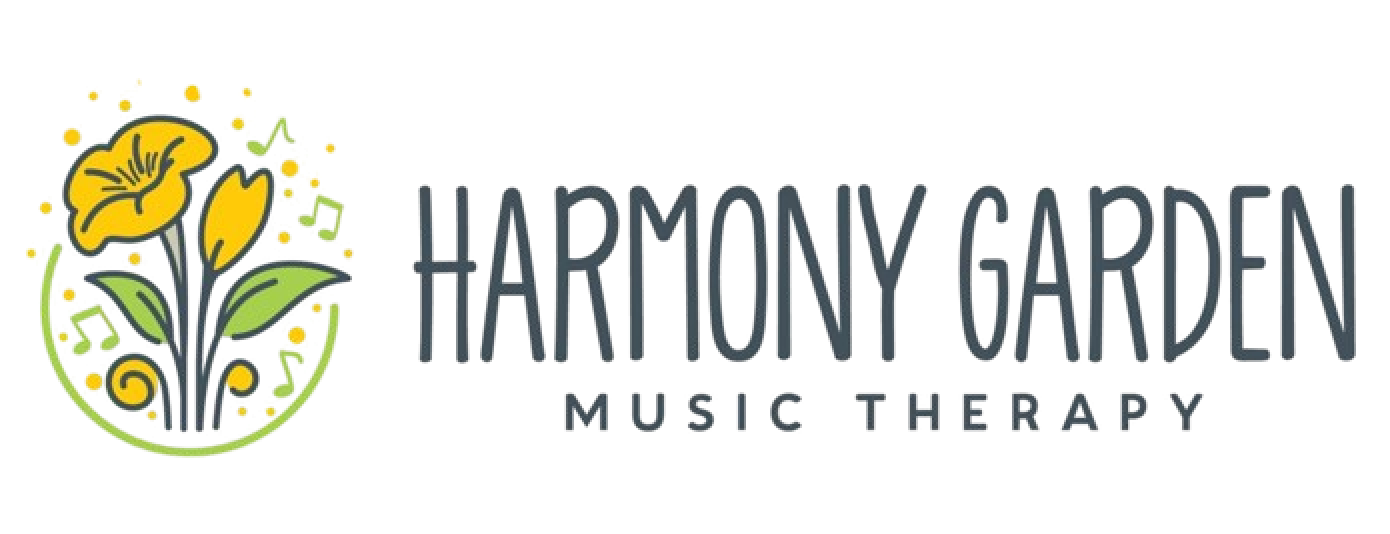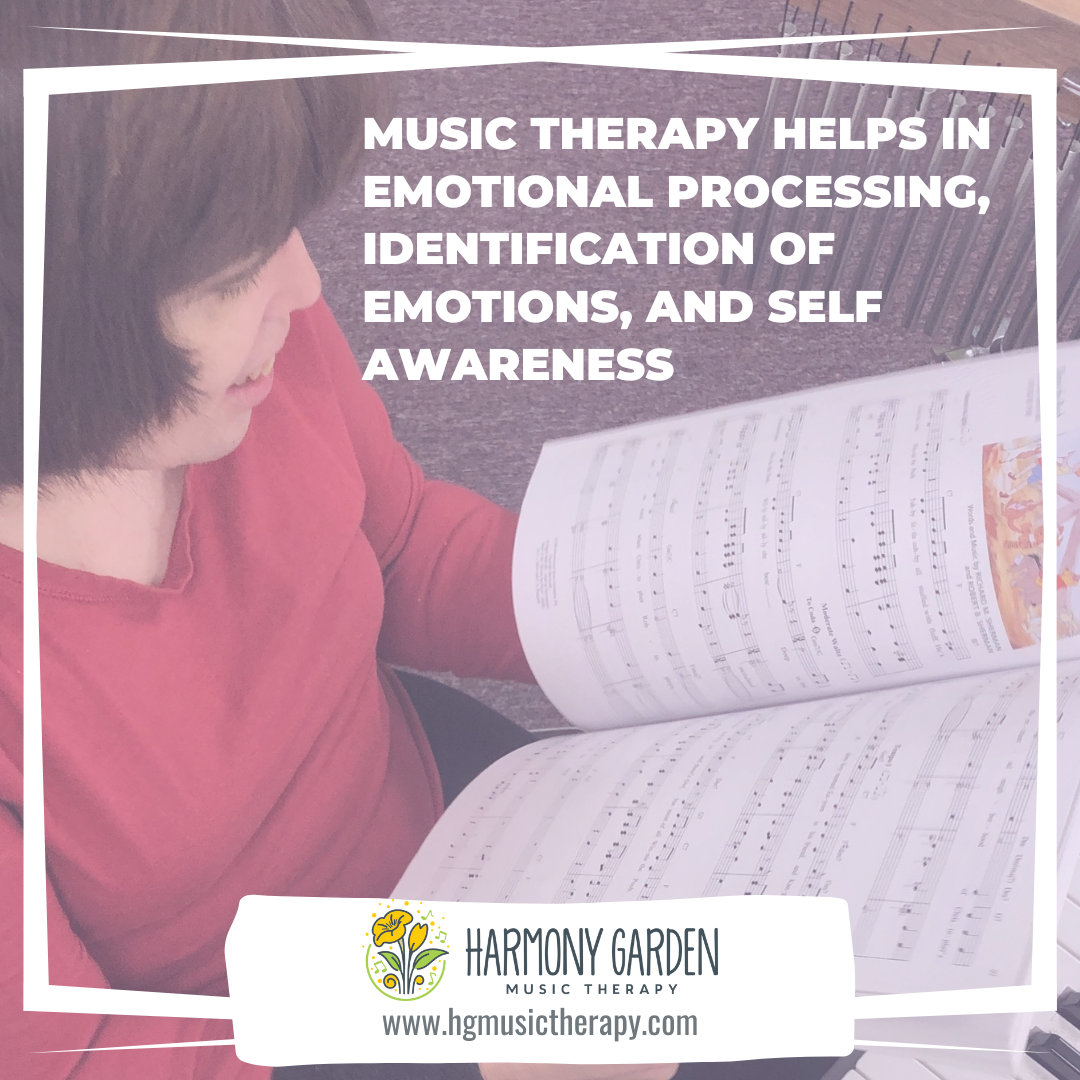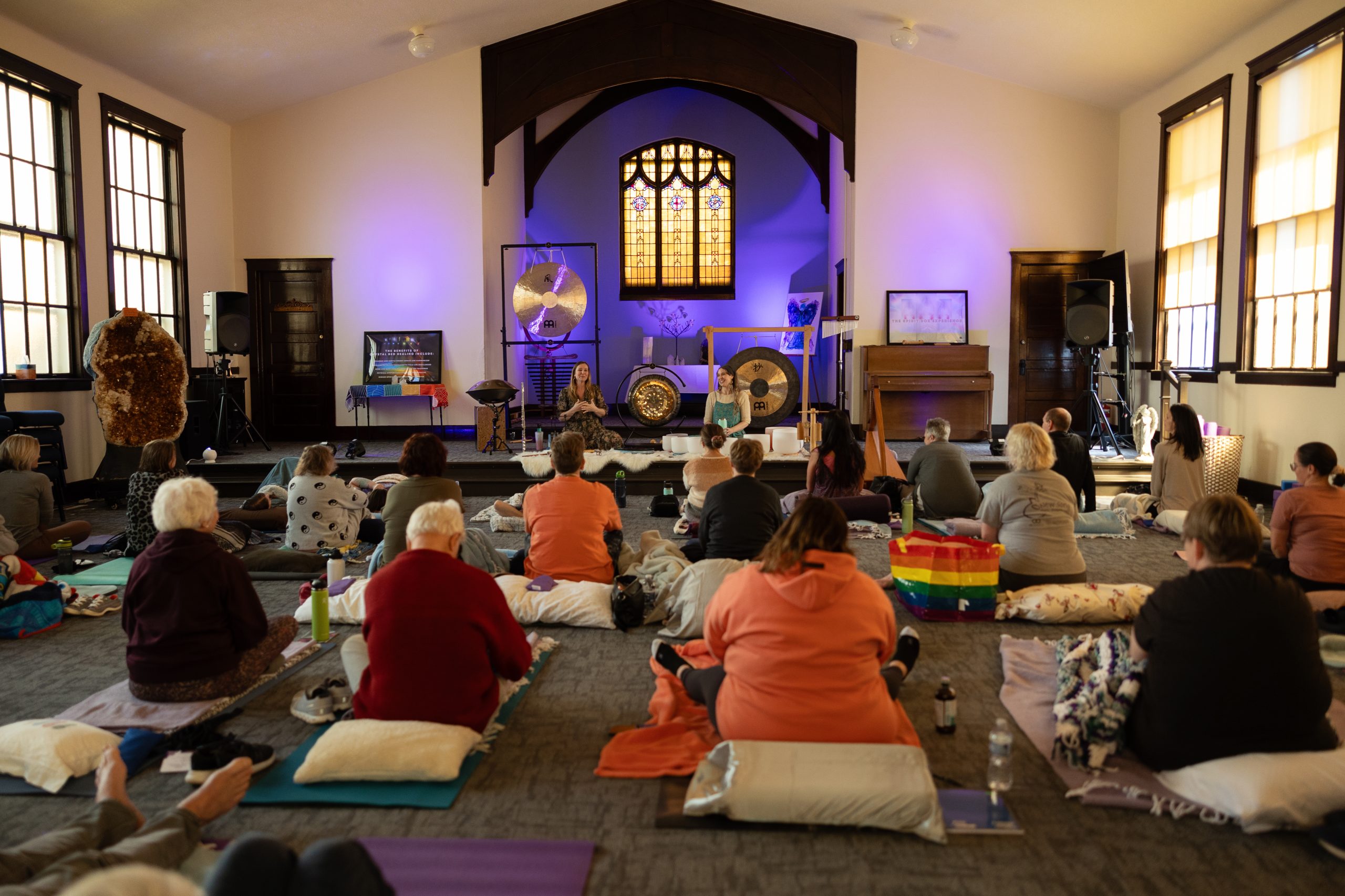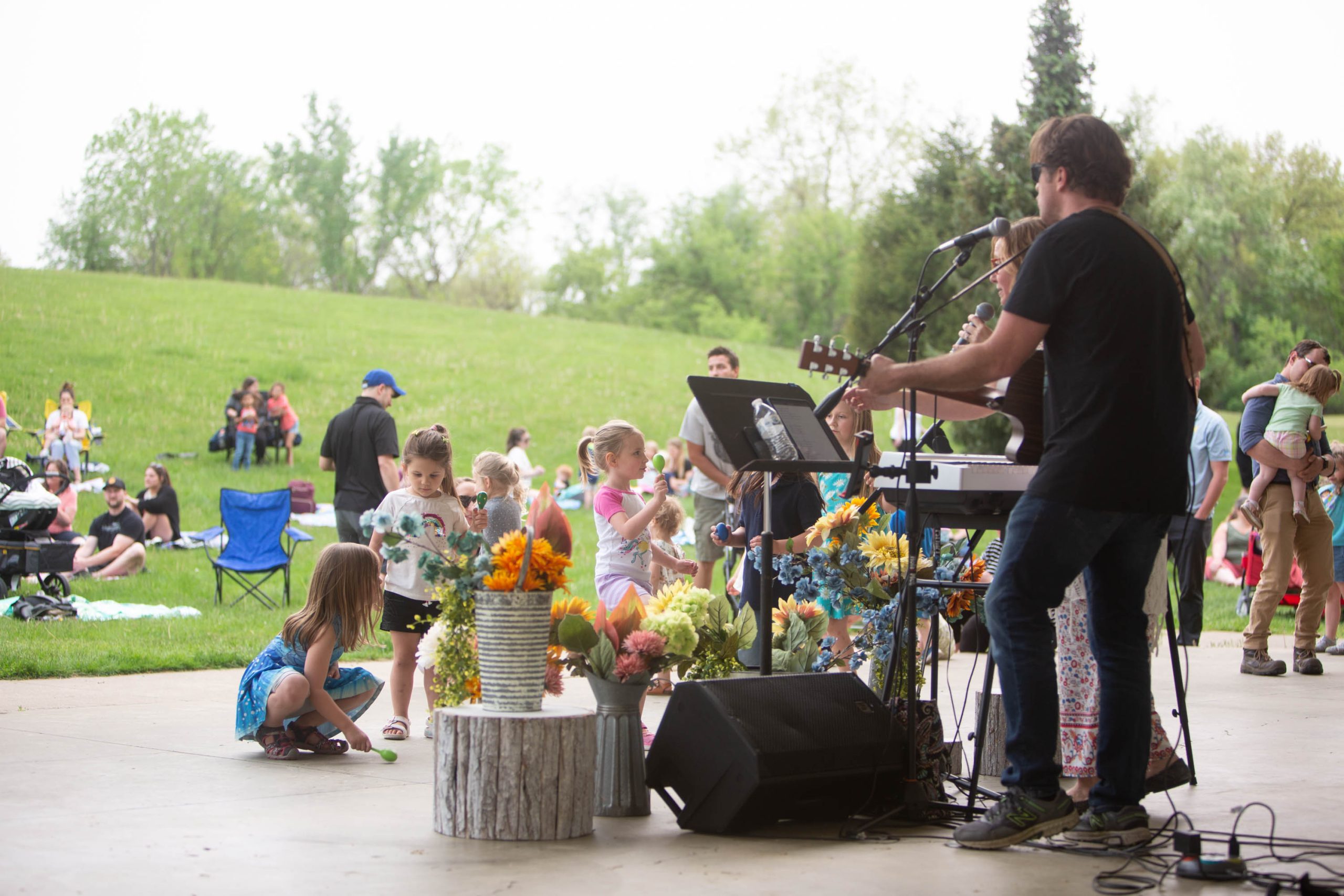Reaching Roommates
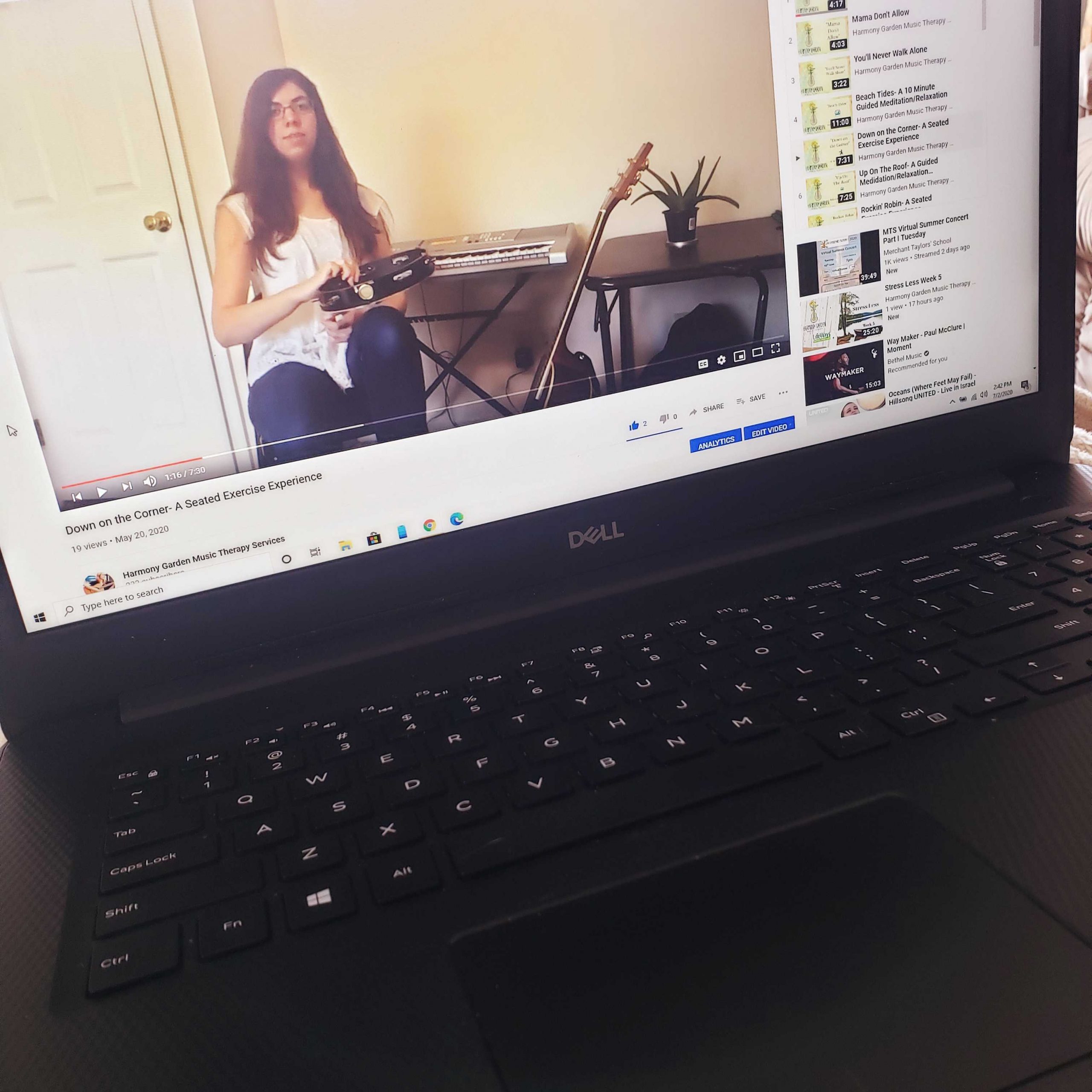
[pictured above: an example of a seated music exercise appropriate for older adults in nursing homes and hospice]
*Names have been changed to keep the identity of clients confidential
Miss Margaret* loves her music, and while I should certainly dedicate a blog to her story and some of the songs we have written together while she was in hospice care, this blog is dedicated to the crackly old voice of a sweet, old lady from the other side of the dividing curtain in Miss Margaret’s room which inevitably shouted:
Sing “In The Garden!!”
Oh, Miss Bobby…
This is one of the most tragic misconceptions about music therapy. I mentioned in my last post (Defying Dementia) how a common understanding of music therapy is just “singing to people.” And boy, somedays, I sure wish it was.
I can’t tell you how many times I am stopped by residents in facilities who say, “Can you come sing for me next?” “How can I get you to come see me?” And I can’t tell you how much that breaks my heart every single time.
But, when I receive a hospice referral, it’s generally for a specific purpose (anxiety or pain management, depression, comfort care, processing grief, etc.) Sometimes these goals beautifully align in a way where I am more than happy to invite other residents to join in on a session, but sometimes, that just doesn’t work.
I wish everyone could have music therapy services.
I could write pages and pages about how some common insurances DO cover music therapy services, but how a therapist can only bill if they’re licenced, and not all states have music therapy licensure (yet).
I could write about how many hours music therapists all around the country spend advocating for this evidence-based, board-certified profession to GET licensure in every state so that we CAN provide these services more freely to the public, but how lobbyists from other professions push back against us because they’re afraid we’re trying to take their jobs.
I could write about how so many facilities are “sticker shocked” by the cost of a music therapy group or session because they can get music volunteers for so much cheaper and they don’t understand the differences between a music volunteer and a music therapist.
But, what I will say is that I’m excited about the opportunities telehealth has provided us to reach more people than we could before. We are currently putting together pre-recorded music therapy sessions to target a variety of goals for older adults. Because these are pre-recorded, they can be used again and again with ALL the patients in a facility for the price of ONE group. That means that, dependent on the size of the facility, residents can experience a full music therapy session for $1.50-$2.50 a person.
What!
Who wouldn’t jump on that?
Miss Bobby, this one’s for you! 🙂
**Ps. Margaret’s goals very often allowed for Bobby to join in her music making, and she was more than happy to include her 🙂
